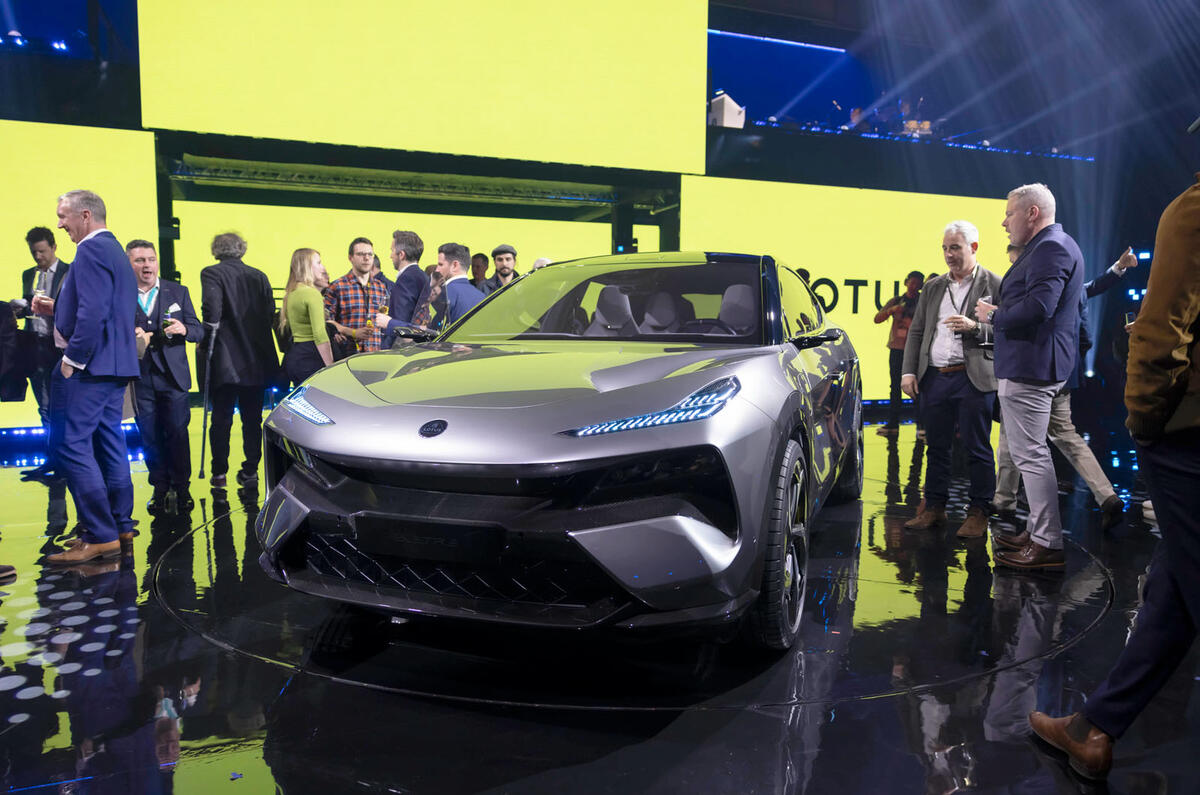Lotus is pitching itself as the coming electric performance luxury car brand ahead of its public listing later this year, but the Geely-owned company is facing a series of headwinds that has already forced it to pull back on its near-term ambitions.
Lotus last week brought to the UK its new Emeya electric saloon, a rival to the Mercedes EQS, and in meetings with journalists projected outward confidence that the company was on course to achieve its long-term target of 150,000 cars per year by 2028.




Add your comment